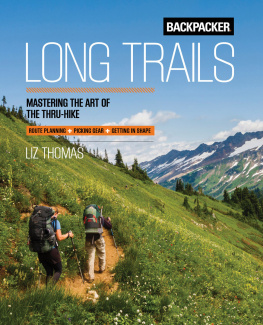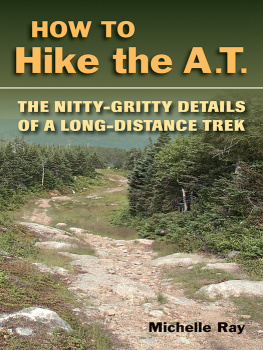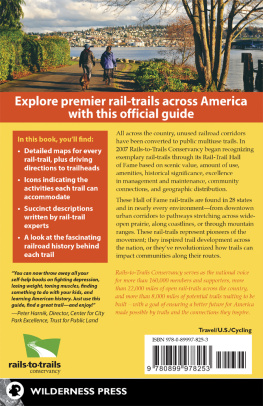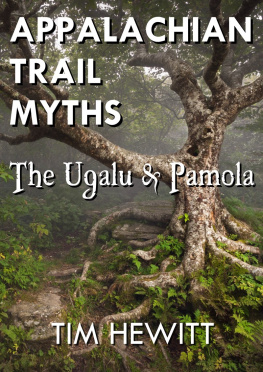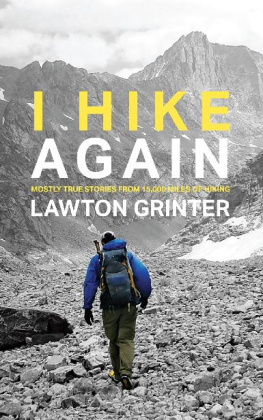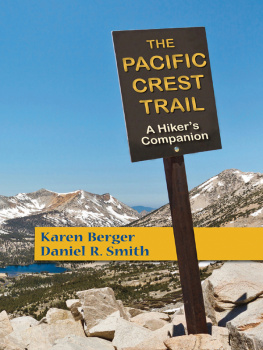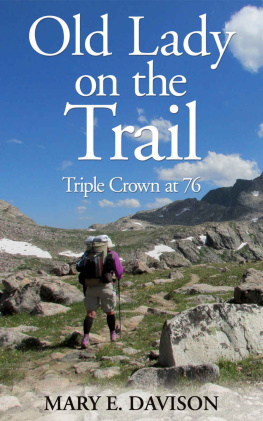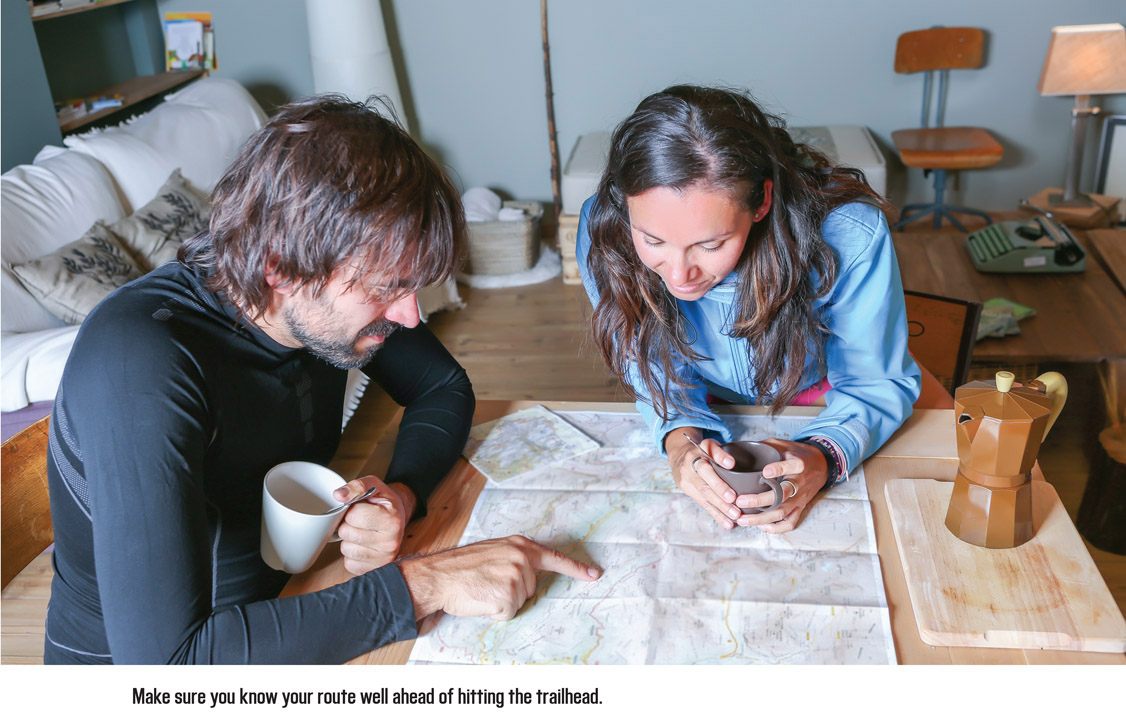ABOUT THE AUTHOR
Liz Thomas is among the most experienced female hikers in the country; she is known for backpacking light, fast, and solo. In 2011, she broke the womens unsupported speed record on the 2,181-mile long Appalachian Trail, besting the previous record by almost a week. She has completed the Triple Crown of hiking and has backpacked over 15,000 miles across the United States on twenty long distance hikes, including the pioneering traverse of the Chinook Trail across the Columbia River Gorge and the pioneering traverse of the Wasatch Range, which she did solo. Liz is affectionately known as the Queen of Urban Hiking, having pioneered and completed routes in five cities across the United States.
In her time not on the trail, Liz attained a Masters in Environmental Science from the Yale School of Forestry & Environmental Studies and the prestigious Doris Duke Conservation Fellowship for her research on long distance hiking trails, conservation, and trail town communities.
Liz has been featured in The Wall Street Journal, Womens Health, Mens Journal, Yahoo! News, Outside online, and Gizmodo. She gives presentations about long distance hiking around the country, especially to college outdoor clubs, like the one where she first learned how to backpack. Liz is honored to serve as Vice President of the American Long Distance Hiking Association-West and as one of four ambassadors for American Hiking Society. Liz is the instructor for BACKPACKER magazines six-week online course, Thru-hiking 101, and wrote The Best Hikes on the Continental Divide Trail: Colorado with the Continental Divide Trail coalition. When not hiking, Liz splits her time between Denver, Colorado, and Los Angeles, California, and works as an outdoor staff writer for The Wirecutter, a part of the New York Times.
BACKPACKER is the nations premier brand for helping hikers, campers, and wilderness enthusiasts discover new adventures in the outdoors.
Chapter 1
+ PLANNING TIME AND BUDGET
For years I dreamed of thru-hiking the Pacific Crest Trail or the Appalachian Trail, but I couldnt get past the no time, no money part. Not feeling confident in my skills or my ability to complete the hike (or, heck, even make my way out of the airport to the trailhead) didnt help. Finding time and saving money for the hike became such a wall in my brain that I continually postponed seriously pursuing my dream, saving it for one day. Since you have this book in hand, however, you likely want one day to be as soon as the snow melts at the trailhead.
One of the most encouraging things in my quest to find the time and money to hike was hearing stories from other peoplefrom a variety of professions and backgroundsand gleaning what strategies they used to make their thru-hike dreams happen. Frank discussions about finding time and money are almost never found in hiking guides. For some reason, authors have found the quest for money and vacation trivial when compared to the natural obstacles hikers may face on the trail. But to the hiker these human-caused obstacles are often a bigger hindrance than bears or wildfires; money and time are such obstacles that they keep many people from even starting their trip.
We all have the same dream to thru-hike, but the hurdles we face to meet our goals arent just thrown at us by nature. This chapter is about learning to use the same strategies seasoned hikers use to get out of job and financial obligations.
WHAT IS THRU-HIKING?
To understand how to plan for a long-distance hike, you must first understand what it is and what skills you need to have to complete it. Just as marathoning requires a different set of physical and mental skills than sprinting, long-distance hiking and thru-hiking also have some differences from traditional backpacking. A lot of the skills are similar, but long-distance hiking is trickier than a typical backpacking trip.
The skills unique to thru-hiking include:
Finding the necessary time, money, and support from loved ones to follow your dreams
Resupplying your food and consumables and switching out gear
Getting your mind and body committed for the long haul
Learning how decisions you make today on the trail will impact what happens to you tomorrow (or even weeks from now) on the trail
Defining Backpacking Lingo
We use the term thru-hiking and thru-hiker throughout this book to refer to any long-distance hiking and hikers, but there are many ways to backpack. Here are a few terms you will hear both in this book and in your hiking life that are useful to know:
Thru-hiker: A hiker attempting to walk from one terminus of a trail to another terminus, all within one season. This can also apply to a backpacker who is walking a loop trail that starts and ends in the same place. Thru-hikers connect all their footsteps so that even when they get off the trail to resupply, they have walked a continuous hike. While this term is usually reserved for those walking trails over 90 miles, it can be used for trails as short as 40 miles.
Section-hiker: A hiker attempting to walk from one terminus of a trail to another terminus over many seasons or even a lifetime. Section hikers do not need to hike all sections in geographical order or even go into a hike with the intention of one day hiking the whole trail.
Flip-Flopper: A hiker attempting to walk an entire long trail in one season, but not necessarily in geographical order. Flip-floppers connect all their footsteps so that even when they get off the trail to restart their journey in a different direction, they have walked a continuous line.
CHOOSE YOUR ROUTE
The very first step in budgeting time and money for a long-distance hike is choosing what route youll take. Well discuss this concept more in chapter 4, but touch briefly on it here to help you better manage your time and money. Maybe youre already sure of exactly where you want to explore, but there are more variablns and options than youve probably thought of. Here are some things to consider when choosing a trek.
TIME OF YEAR
Do you have the summer off from school, or the winter off from your raft guide job? Or are you retired and have no time restrictions? Whatever time you have, a long hike is out there for you. Most long hikes have a window during which conditions are the most favorable and safest, but if you cant fit your hiking schedule into that window, you can always break a thru-hike into a series of long hikes over multiple seasons or years. For example, if you cant fit in the time window for a northbound hike, you may be able to swing a southbound hike. They tend to start and end later in the year.
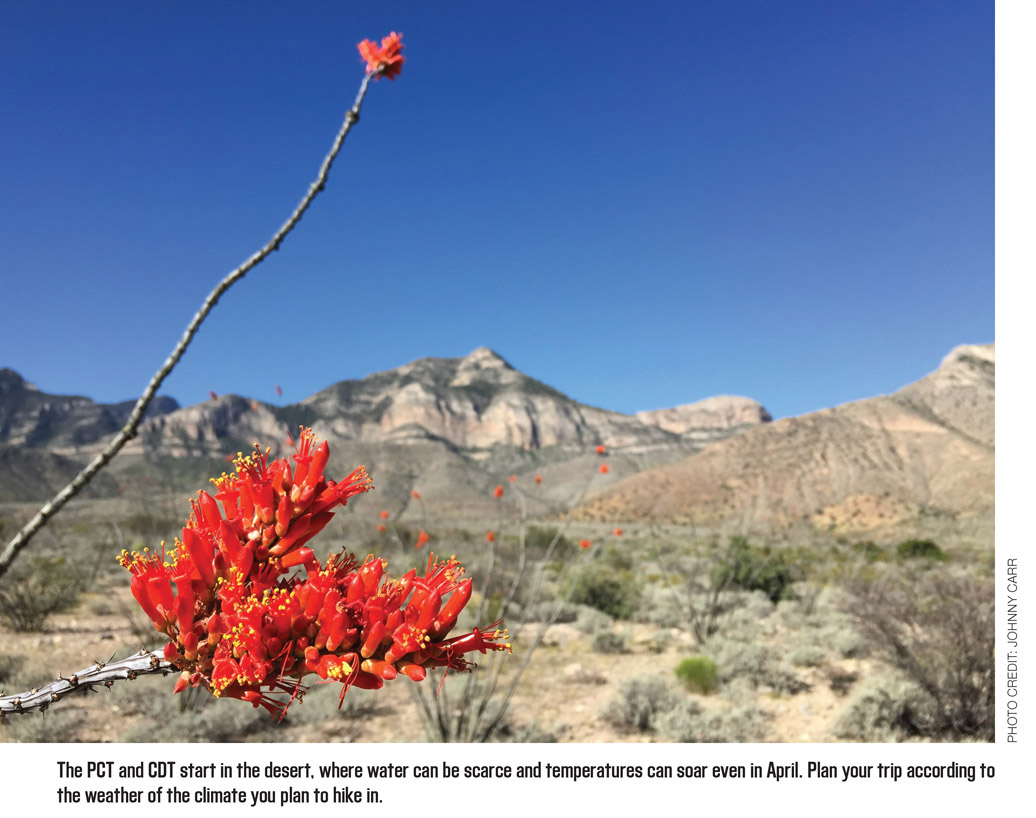
Depending on the weather window, you can then plan out your per-day mileage. On some trails, like the PCT, you may have to pull consistently bigger miles to finish before your weather window closes. Water sources also come into play. Depending on the season and trail, water sources may be farther apart on some trails, so you have to be either fit enough to walk between them in a day or fit enough to carry water for two days


